The largest exhibition of Italian Renaissance drawings ever held in the UK will be held in London
The largest exhibition of Italian Renaissance drawings ever held in the United Kingdom will be staged in London this fall: it will run from November 1, 2024 to March 9, 2025 at the King’s Gallery in Buckingham Palace. Drawing the Italian Renaissance, this is the title of the exhibition curated by Martin Clayton, will feature some 160 works by more than eighty artists, including Leonardo da Vinci, Michelangelo, Raphael, and Titian, all from the Royal Collection, which holds one of the world’s largest collections of Italian Renaissance drawings. More than 30 works will be on display for the first time and 12 others have never been exhibited in the United Kingdom.
“The Royal Collection holds an amazing array of Renaissance drawings,” the curator explains. “These studies show how extraordinary the art of drawing is from that period. The Italian Renaissance would have been impossible without drawing, central to every stage of the creative process. These drawings cannot be exhibited permanently for conservation reasons, so the exhibition is a unique opportunity to see such a wide range of drawings up close and get an insight into the minds of these great Italian Renaissance artists.”
Most of the drawings from this period were executed as preparation for designs for paintings, sculptures, and tapestries; few were created as works of art in their own right. Together, these works reflect the artists’ creative genius and the infinitely varied medium of drawing.
Organized thematically, the exhibition opens by analyzing drawing from life. Artists usually drew from posed models. A prominent drawing is Raphael ’s The Three Graces in sanguine, circa 1517-18: a study of a three-posed model made for his fresco of the Wedding Banquet of Cupid and Psyche at the Villa Farnesina in Rome. Another highlight is a detailed study of Beato Angelico’s The Bust of a Cleric, c. 1447-50, thought to have been made in preparation for his frescoes for the chapel of Pope Nicholas V in the Vatican. It is the oldest sheet on display, as well as a rare surviving drawing by the great Florentine painter.
Studiesof plants and animals will then demonstrate the artists’ study of the natural world. A notable example is a plaster study of an ostrich, dated 1550, attributed to Titian. The bird’s convincing proportions and position indicate that the artist had seen an ostrich in person. This astonishing subject is one of twelve works exhibited for the first time in the United Kingdom. A section exploring designs for the applied arts will also show that leading Renaissance artists were also skilled all-around designers. One example is Leonardo da Vinci’s Costume Study for a Mask, circa 1517-18. In this extravagant study, Leonardo demonstrates his skills through the rich layering of fabrics, including ribbons, scallops, feathers, and furs. The exhibition will also feature works by lesser-known artists. These include Paolo Farinati ’s circa 1590 study of three mythological figures under an arch, on which the artist wrote instructions to his assistants, “You may do it as you please when you are on the scaffold.” Also on display for the first time will be a large ink study of Saint Jerome by Bartolomeo Passarotti, circa 1580, an artist who specialized in vigorous pen drawings. The last room will explore both sacred compositions, such as Michelangelo’s Virgin and Child with Young Baptist, circa 1532, and secular compositions, including drawings of frescoes by members of the Carracci family.
Throughout the exhibition, it will be discovered how the materials available to artists expanded significantly during the Renaissance period. By the end of the 16th century, an artist could prepare his or her paper with a colored glaze or preparation, sketch a composition with chalk, fix the outlines with a pen, and add extensive glazes of diluted ink as well as highlights with liquid lead white. All of these steps can be seen in Alessandro Allori’s allegorical designs of about 1578 for the decoration of Poggio a Caiano.
Images © Royal Collection Enterprises Limited 2024 | Royal Collection Trust
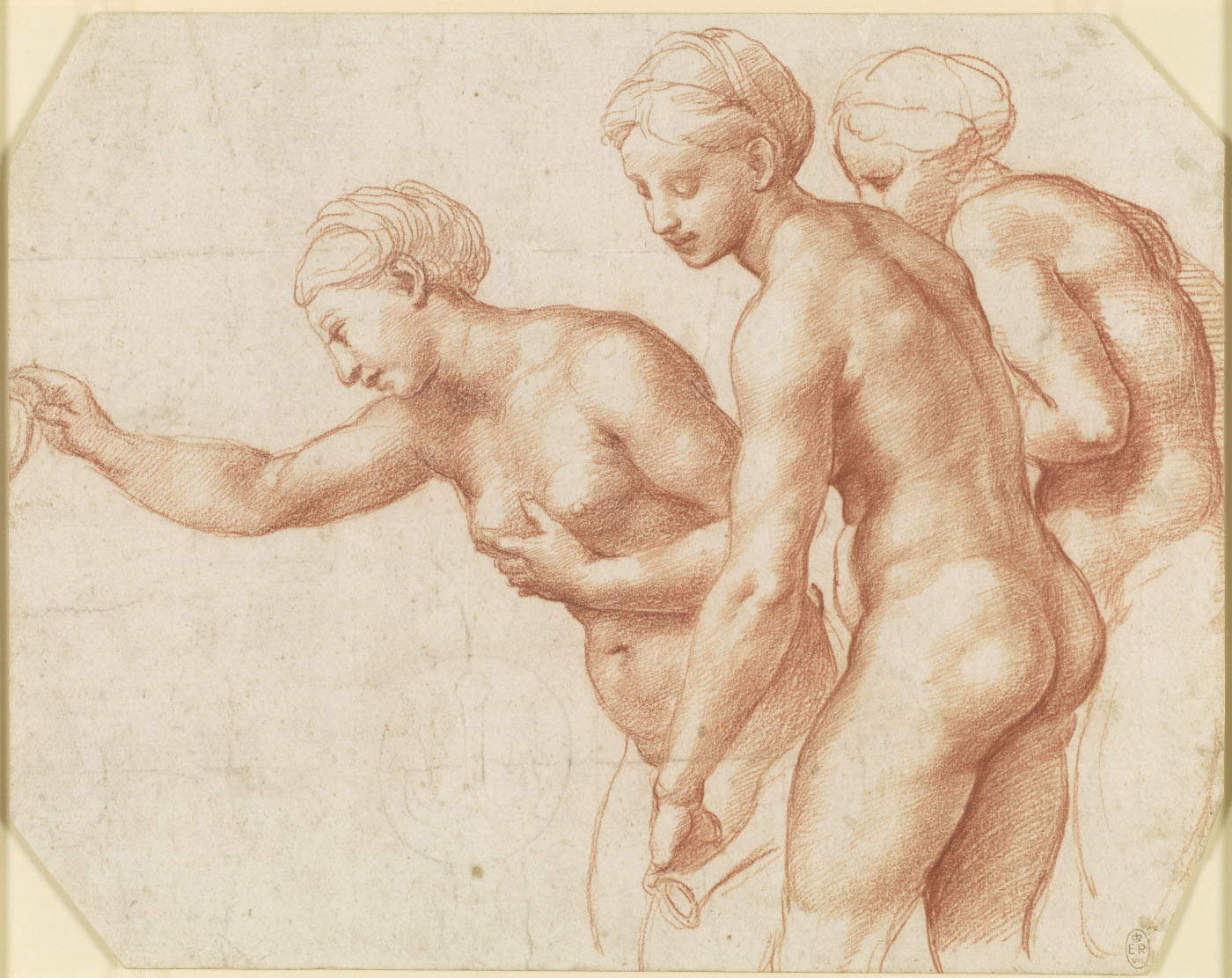
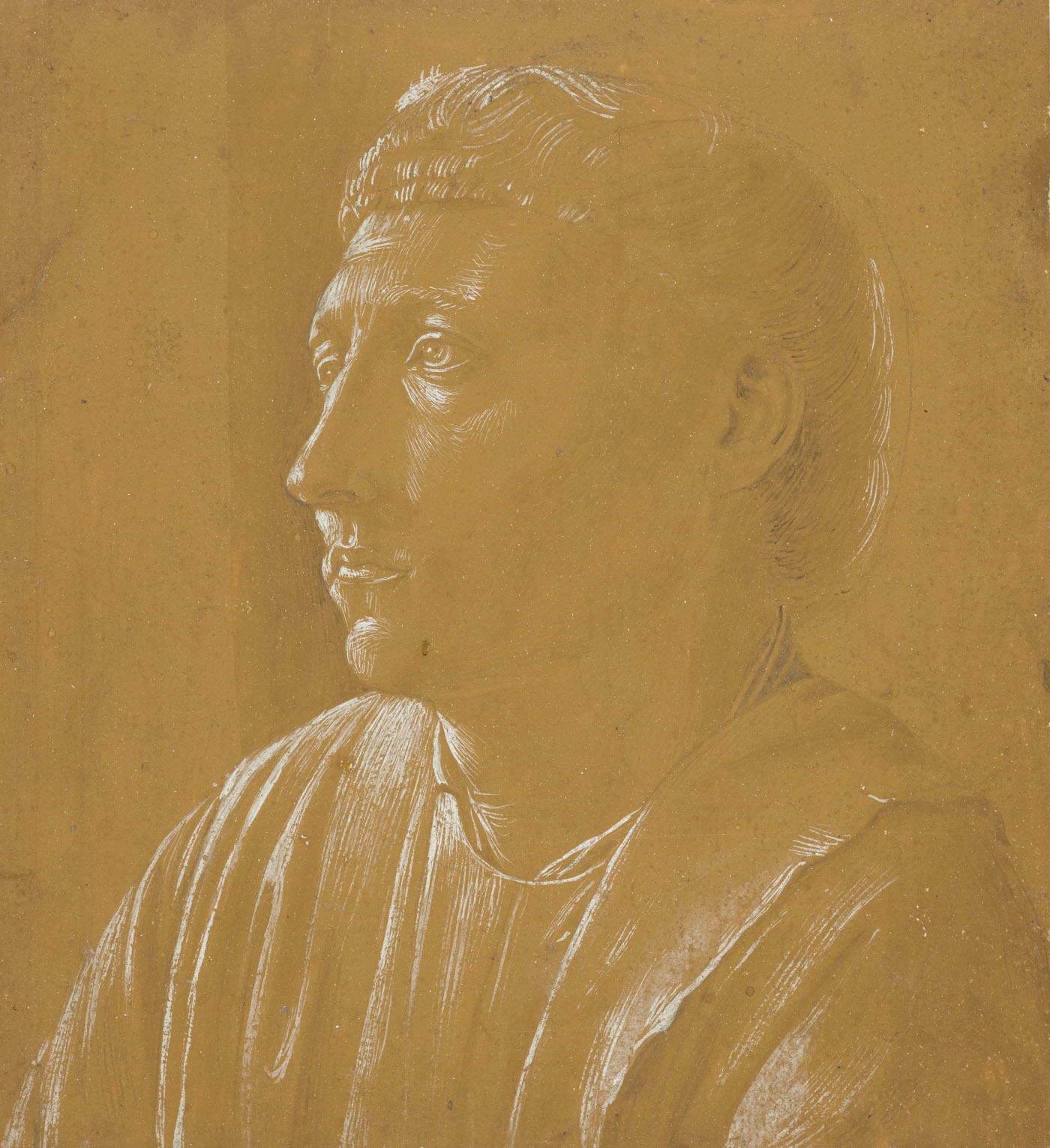
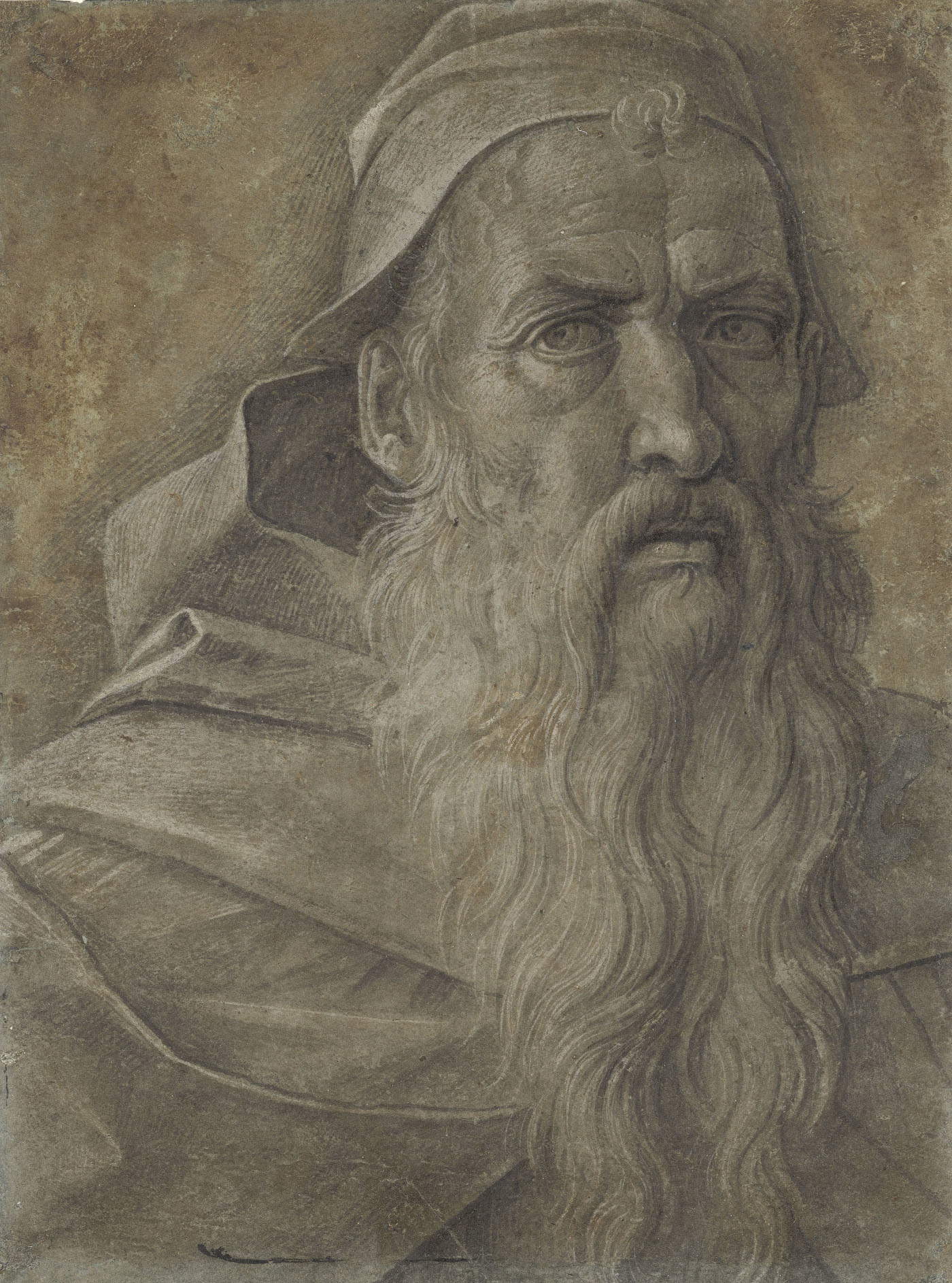
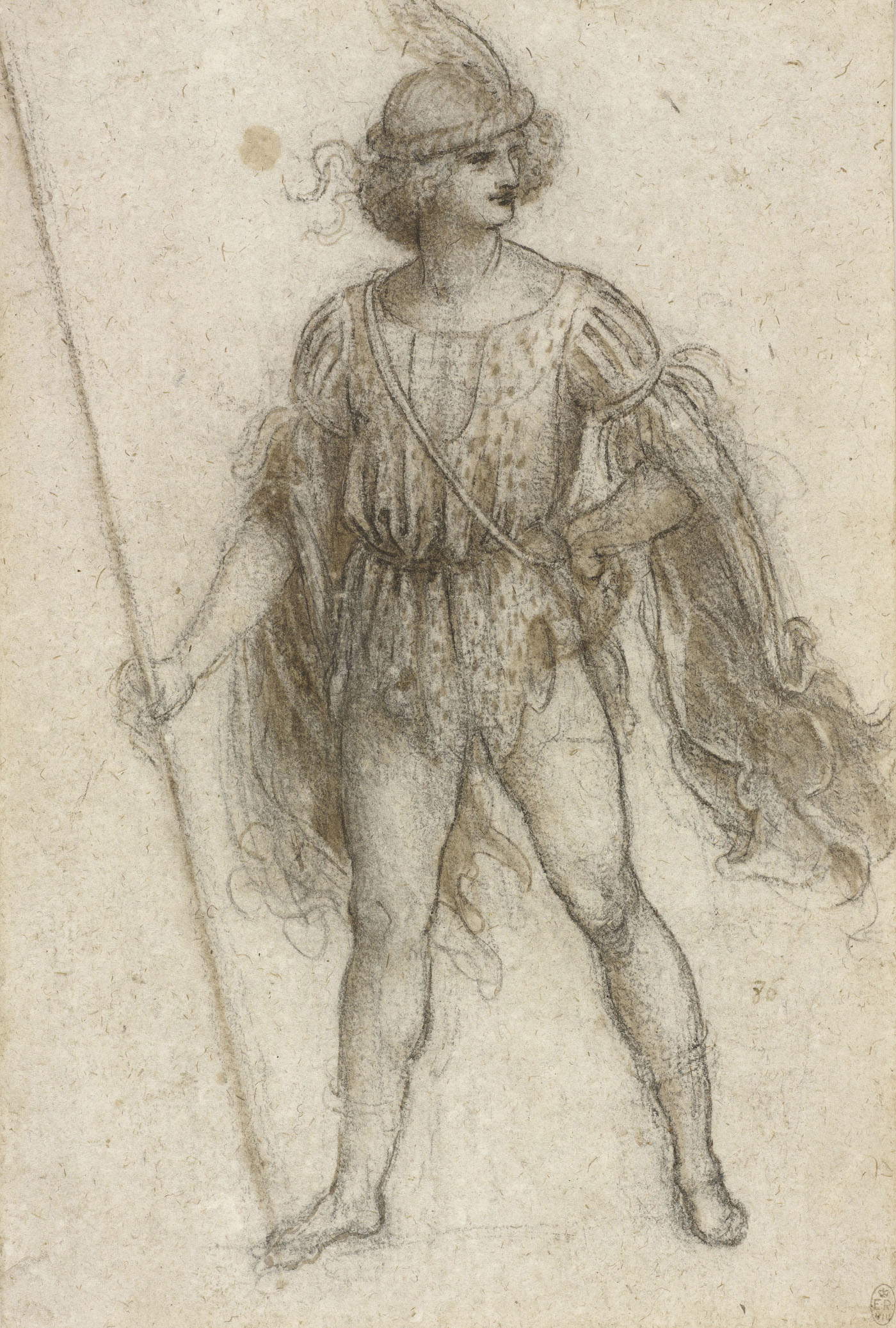
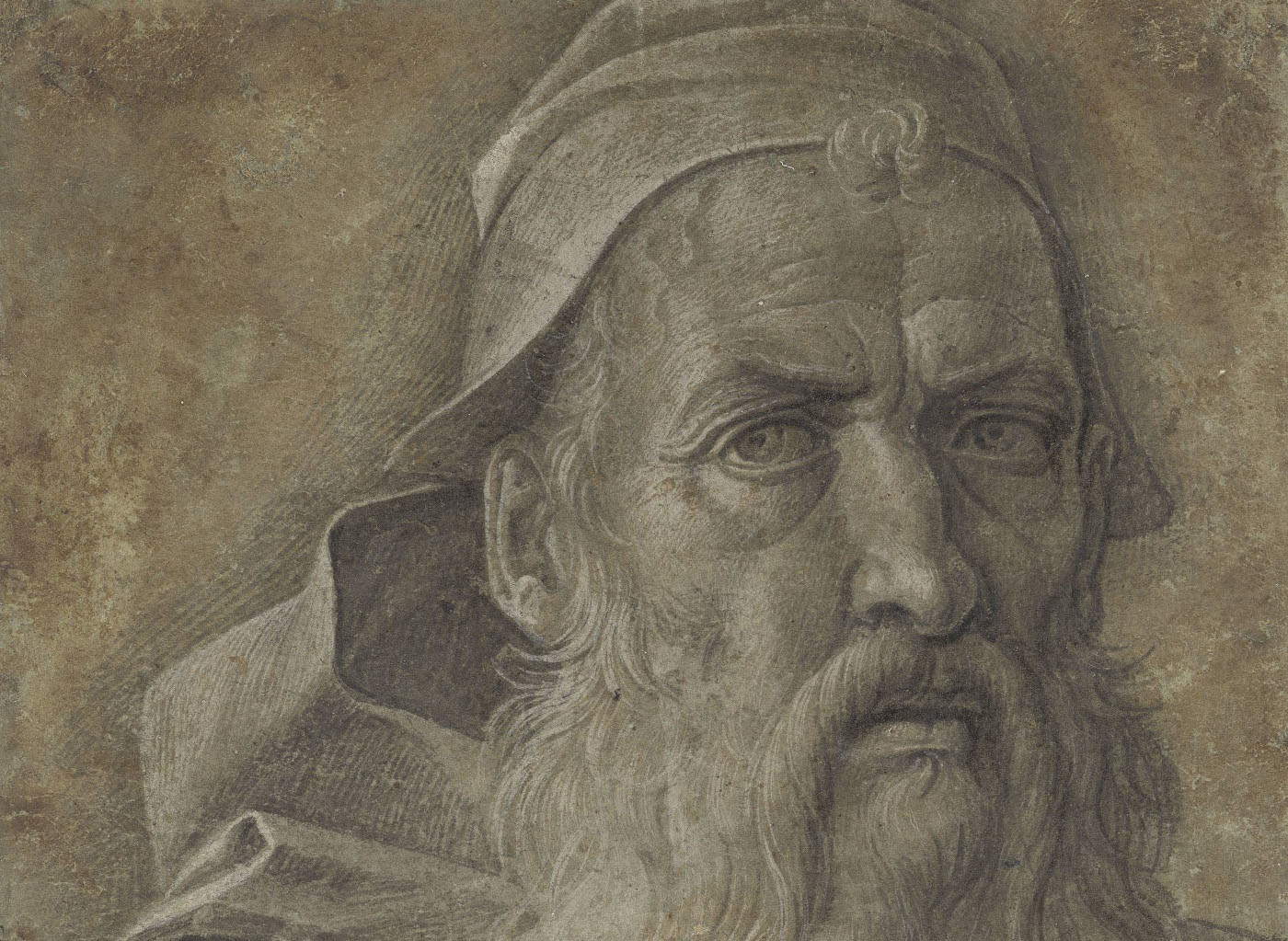 |
| The largest exhibition of Italian Renaissance drawings ever held in the UK will be held in London |
Warning: the translation into English of the original Italian article was created using automatic tools. We undertake to review all articles, but we do not guarantee the total absence of inaccuracies in the translation due to the program. You can find the original by clicking on the ITA button. If you find any mistake,please contact us.





























